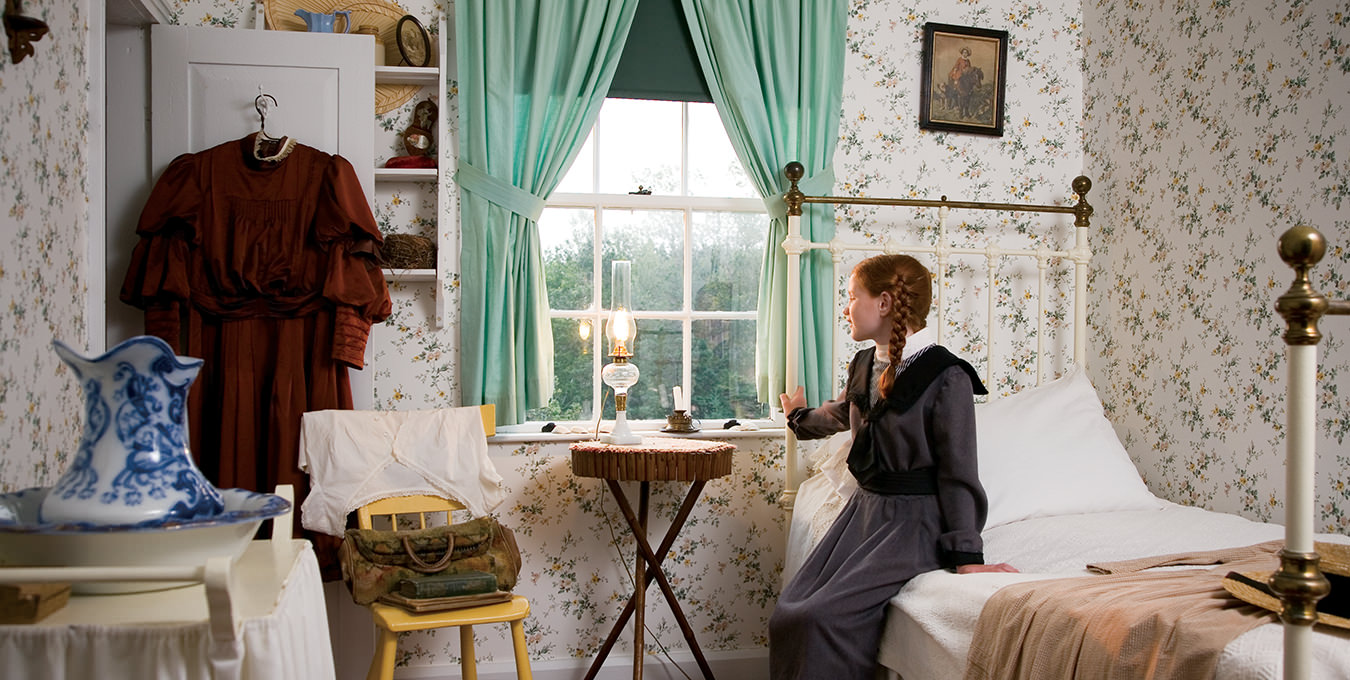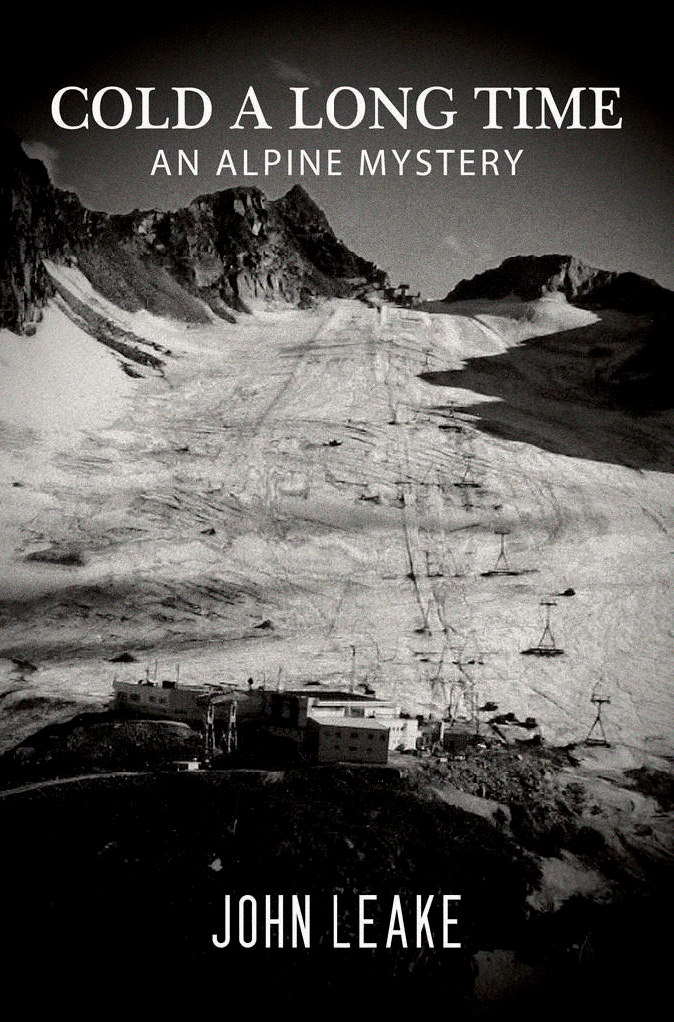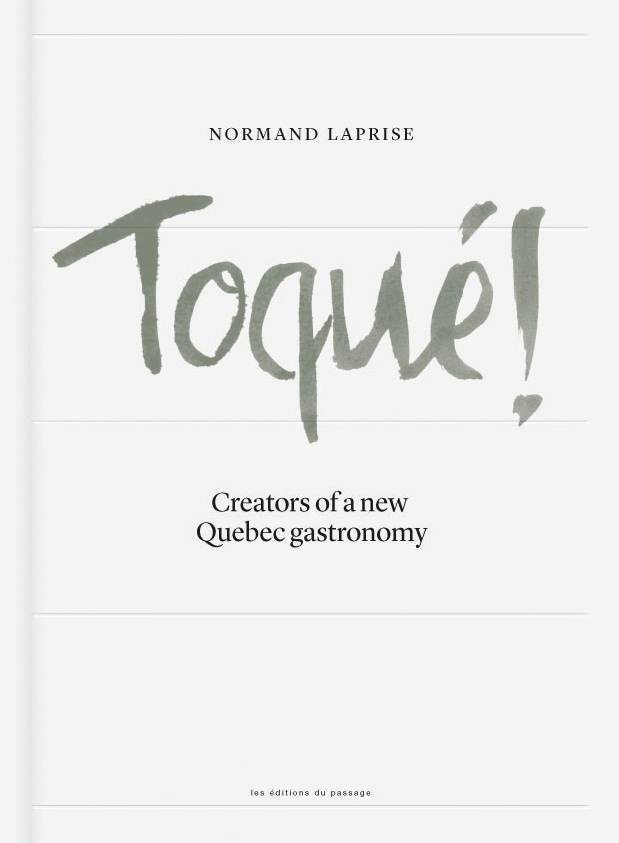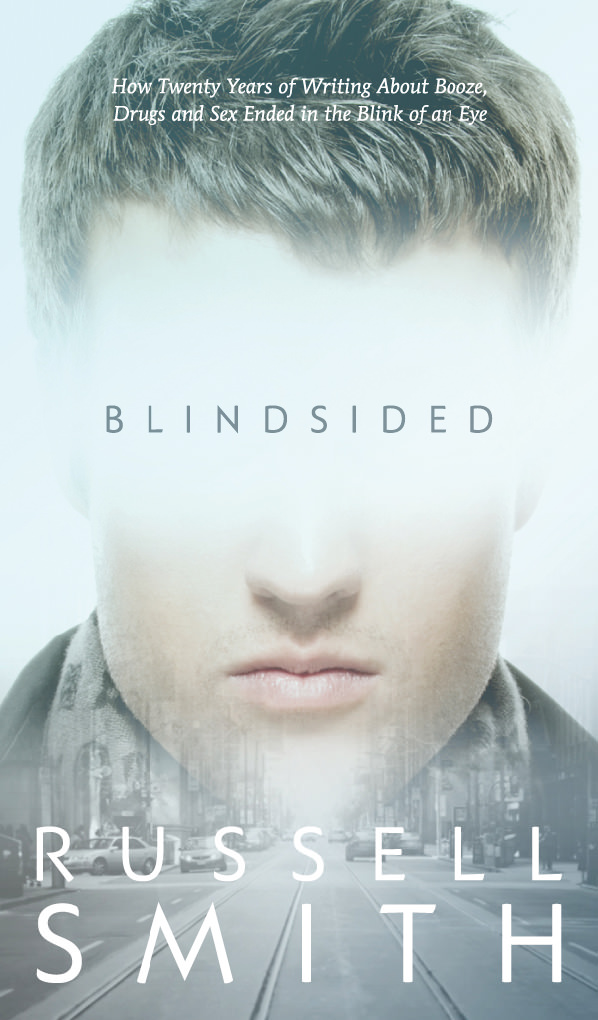One Hundred Years Of Anne
Lucy Maud Montgomery's famous novel celebrates its Centennial.

The story begins at a train station. Matthew Cuthbert, ready to meet the child that he and his sister Marilla have adopted, is informed that it is not a boy (as he had expected), but a girl—a loquacious girl with red hair. Matthew is surprised, indeed. By the end, the reader has gotten a glimpse into life in a small town on Prince Edward Island near the end of the 19th century, as well as insight into the mind of one of the most memorable heroines in literature.
Certainly those who have read Lucy Maud Montgomery’s timeless masterpiece have their own favourite moments from Anne of Green Gables, to say nothing of the intriguing characters, such as the harsh but loving Marilla, shy Matthew, and the neighbourhood busybody, Mrs. Rachel Lynde. But most vivid of all the characters, standing out as brightly as the red hair she so despises, is Anne (always with an e) Shirley. Confident, intelligent and resilient, with an inimitable flair for the dramatic, Anne is a survivor with optimism and excitement for life, but she’s also a girl with an opinion that she’s not afraid to share. Today, her confidence and personal empowerment are more relevant than ever, and the fact that 2008 marks the centennial of Montgomery’s publishing of Anne illustrates precisely how well the book has stood the test of time.
The Anne phenomenon shows no sign of slowing. The Green Gables House remains a major tourist draw for Prince Edward Island; some even get married at the Anne of Green Gables Museum in Kensington. Anne of Green Gables has been translated into more than 20 languages, and has sold 50 million copies around the world.
Several groups are gearing up for the centennial. Penguin Canada will publish a special anniversary edition of Anne of Green Gables featuring the 1908 cover art, along with two of Montgomery’s never-before-published personal scrapbooks, which offer a glimpse into the author’s life.
As well, the publisher is also releasing a prequel, titled Before Green Gables, which documents Anne’s early years in Nova Scotia. Helen Reeves, a senior editor at Penguin and a long-time fan of Anne of Green Gables, worked for several years to make the prequel happen. Reeves said she felt some anxiety about the project, and it’s easy to see why.
“I grew up in Britain and always loved the books, as did my friends,” she says. “For me, it was a famous children’s classic, and here I’ve noticed the influence L.M. Montgomery has had on so many Canadian writers. A number of authors including Margaret Atwood and Alice Munro have talked about their appreciation of her work. Montgomery’s writing has been hugely significant in Canadian literature, just because of the number of Canadian authors who have said they loved the books—and what you love certainly influences you.”
In terms of the ongoing popularity of the book, Reeves points to the character. “Anne is timeless, particularly for young girls. She’s smart and independent. The fact that she is very opinionated, strong-minded, and doesn’t just shut up and meekly do what she’s told puts her outside of her own time.”
Developing a prequel one hundred years after the novel was released was a daunting task, and the first step was to get the heirs of L.M. Montgomery on board.
“The decision to write Before Green Gables was made in collaboration with the family,” Reeves explains. “I first approached them in 2005, and it required some persuasion. They had been approached by others in the past and always declined. I had no idea about the centenary in 2008. The family mentioned it, and it worked out handily that the prequel would be a great way to celebrate the anniversary.”
With the heirs’ permission to move forward, the next challenge was to find an author who could write at Montgomery’s level and develop a novel that would complement the Anne series. After lengthy consideration, Budge Wilson was selected. In addition to being a highly accomplished, award-winning Canadian author, Budge’s love for Nova Scotia is comparable to the love Montgomery had for PEI.
“We chose Budge Wilson for a number of reasons,” Reeves explains. “Budge’s books have a lot of the qualities we were looking for, and it made sense that Budge is in Nova Scotia and Anne would have been in Nova Scotia before being adopted in PEI. Also, Budge took her time to say yes. She took it really seriously and proved to us that she understood the importance of what we were doing.”
Confident, intelligent and resilient, with an inimitable flair for the dramatic, Anne is a survivor with optimism and excitement for life.
Wilson signed up in March 2006, but only after much deliberation. “It took me two months to decide because there were so many pros and cons,” she says. “One thing I had to decide before I started: am I ready to accept the fact that many may read it, disapprove of it, not like what I did with it, perhaps tear me to shreds? … I thought I could handle it. I would try to write as good a book as I could myself.”
Dr. Elizabeth Epperly of the L.M. Montgomery Institute at the University of Prince Edward Island is an academic expert on Anne of Green Gables, and was an important part of the Before Green Gables process from the authenticity and credibility standpoint.
According to Reeves, “Elizabeth has a phenomenal knowledge of L.M. Montgomery and the story of Anne. She was very helpful to Budge in vetting the drafts of the manuscript. She let us know if there was ever anything that didn’t fit with the rest of the story. She was our resident Montgomery expert.”
Dr. Epperly says that Anne of Green Gables “translates across time and place. Montgomery was writing about her childhood and her recollection of childhood—that world was already gone in 1908.”
Which brings up an interesting point: there’s so much discussion of the book’s red-haired heroine that Anne’s creator sometimes gets left out. What was Lucy Maud like, exactly? One of her grandchildren, Kate MacDonald Butler, has a few ideas.
“I was born after my grandmother died, but I was very close to my dad, who was her youngest son,” she says. “The one thing I know about her is that she was a feminist in her day, despite the fact that women didn’t talk about it much back then. I think she was once asked something about equality for women, to which she responded, ‘I don’t understand that, because I feel quite superior to men.’ She was gutsy for sure—an independent thinker.”
MacDonald Butler says that she isn’t sure how her grandmother would have felt about the prequel book. “I hope she would approve, and I think she would after reading it. I have read the manuscript, and it’s wonderful. Budge is not trying to write like Montgomery. It’s her own style, and she has captured the character spot-on. I cried when I read the part about Anne’s parents. I just loved how Budge described them and got a lump in my throat knowing their fate.”
MacDonald Butler admits that there will likely be some criticism, but says that there will also be fascination. “I can’t wait to see people’s reactions. Once you’ve read all nine novels, the story is over—but the prequel allows you to be with Anne again. It’s very exciting.”
There is also a new television miniseries in the works. Sullivan Entertainment, which created the award-winning 1980s miniseries that endeared Megan Follows to millions of viewers in her role as the titular character, is at work on Anne of Green Gables: A New Beginning. The TV movie will be a prequel to the miniseries, and it stars Rachel Blanchard, Barbara Hershey, and Academy Award winner Shirley MacLaine.
The centenary celebrations will also include the release of two special-edition Anne of Green Gables stamps from Canada Post, and a full calendar of events and activities on Prince Edward Island.
It seems that the Anne phenomenon is as powerful as ever. Dr. Epperly attributes the books’ longevity to Anne herself. “Anne is absolutely relevant—more so than ever. [The books hold up] because we are still, at some level, looking for identity and home and belonging. And that’s what the novel is about. It’s really about love of self and understanding of self in relation to a larger culture.”
Photo by John Sylvester.




